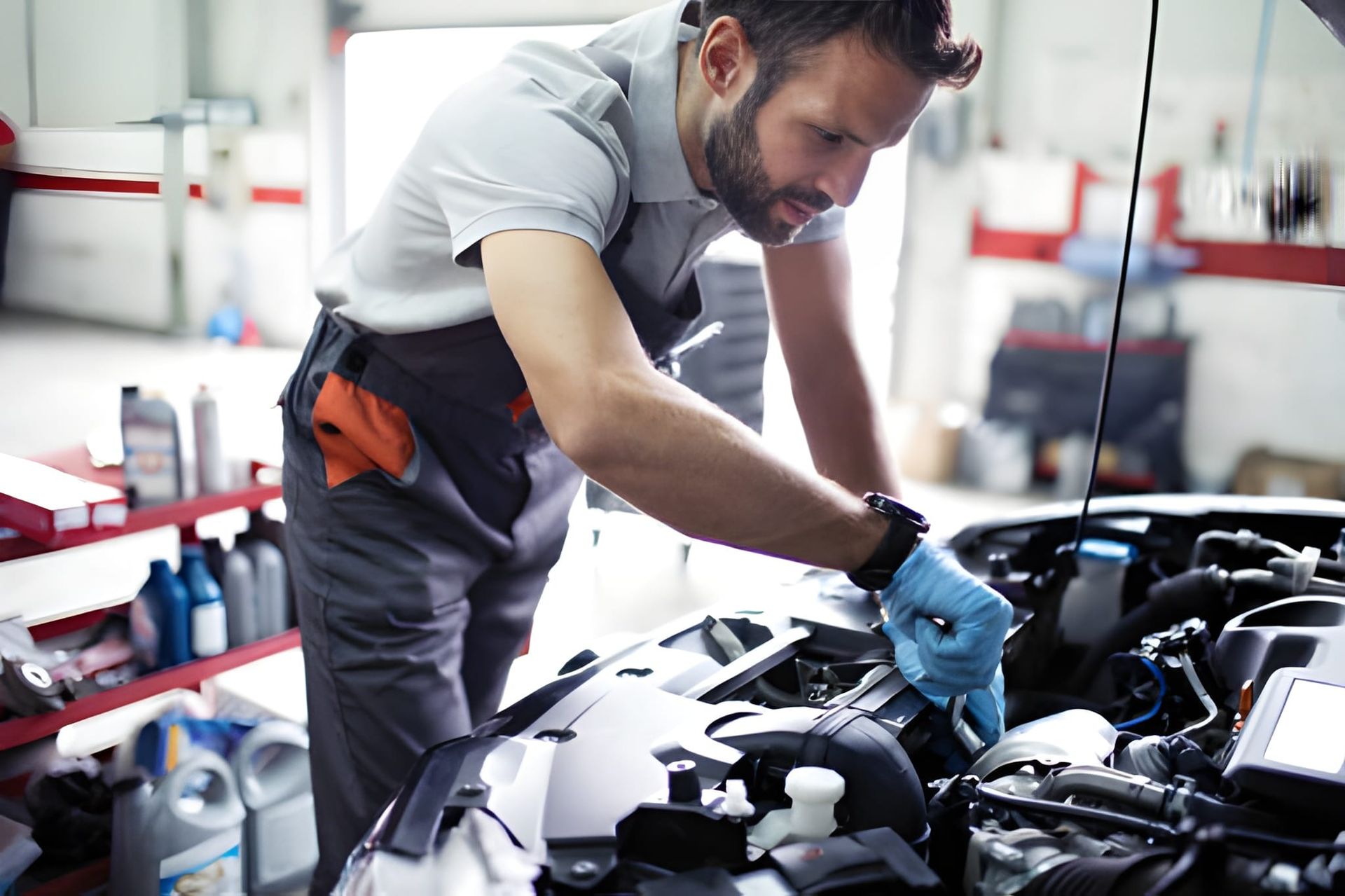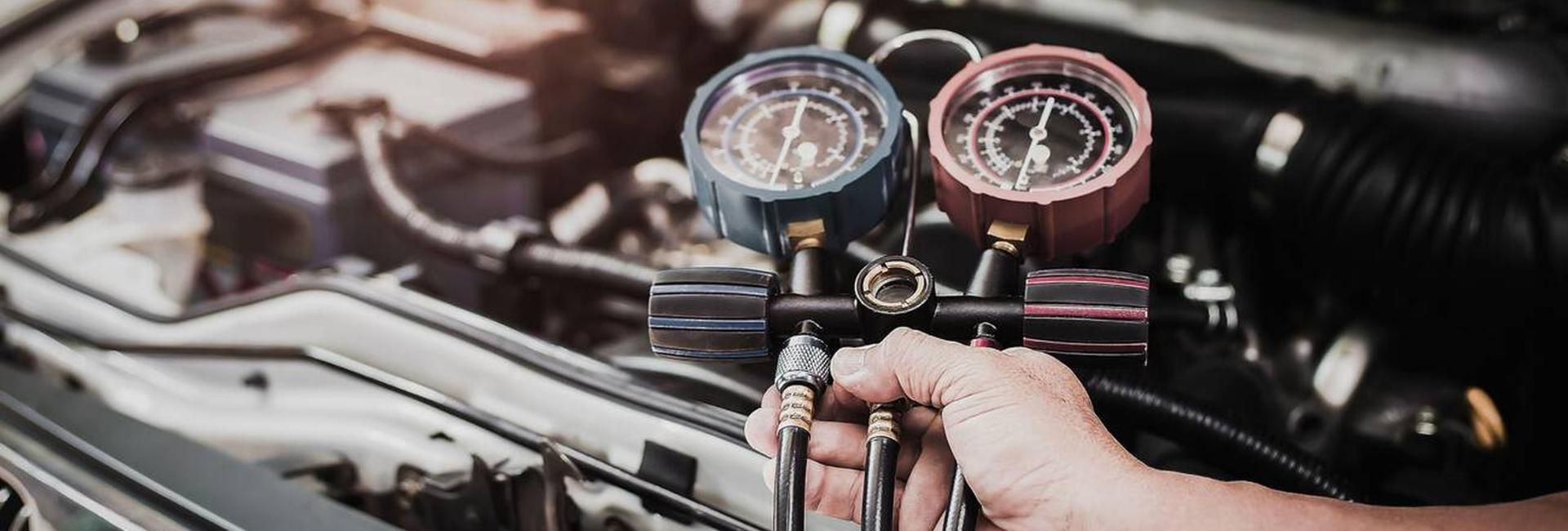THE PERFECT TIME TO CHANGE EACH FLUID IN YOUR CAR
As your car's engine hums, many fluids work together to keep it running smoothly. Each fluid has a different job, and it's important to change them at the right time. Why? It's simple - it helps your car stay reliable and perform well. Let's learn more about these fluids and when to change them.
Engine Oil
Your car's engine, a tireless performer, relies on quality engine oil to keep its components moving seamlessly. The recommended interval for an oil change is typically every 5,000 to 7,500 miles, but it's wise to consult your vehicle's manual. Frequent oil changes not only preserve engine health but also enhance fuel efficiency and extend the engine's lifespan.
Transmission Fluid
The transmission depends on transmission fluid for lubrication and cooling in order to move between gears seamlessly. Aim to change your transmission fluid every 30,000 to 60,000 miles, though this can vary by vehicle and driving conditions. Changes prevent premature wear, ensuring your car shifts smoothly through the gears.
Brake Fluid
Brake fluid, often overlooked but crucial for your safety, requires periodic attention. Aim for a change every 20,000 to 45,000 miles. This ensures that moisture and contaminants, which can compromise braking performance, are kept at bay. Periodic changes maintain the precision and responsiveness of your braking system.
Coolant
Your engine's cooling system relies on coolant to regulate temperature and prevent overheating. Change your coolant approximately every 30,000 to 50,000 miles or every 2 to 5 years, depending on the type of coolant used. This simple act safeguards your engine against corrosion and ensures optimal cooling efficiency.
Power Steering Fluid
Last but not least, the power steering system - responsible for effortless maneuvers, relies on power steering fluid. Change this fluid every 30,000 to 60,000 miles to maintain smooth steering. Neglecting this vital fluid can lead to increased steering effort and potential damage to the power steering pump.
FAQs Section!
Q1: Can I change my car's fluids myself?
While some fluid changes are DIY-friendly, others, like transmission and brake fluid, may require professional expertise.
Q2: What if my driving conditions are severe?
If you regularly face extreme conditions—such as towing heavy loads, frequent stop-and-go traffic, or driving in extreme temperatures—consider more frequent fluid changes.
Q3: How do I check fluid levels between changes?
Refer to your vehicle's manual for guidance on checking fluid levels. In most cases, there are designated dipsticks or reservoirs for engine oil, transmission fluid, brake fluid, and power steering fluid.
Time to change your car's fluids, or maybe some other maintenance tasks are due? Call us at Super Service of Aliso Viejo, and we will schedule you for a visit ASAP!










